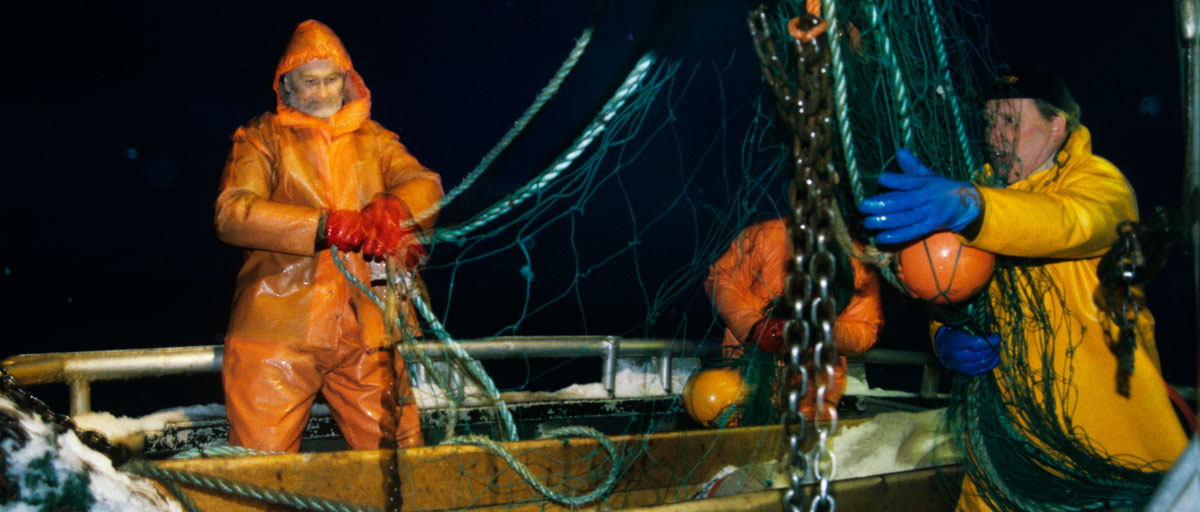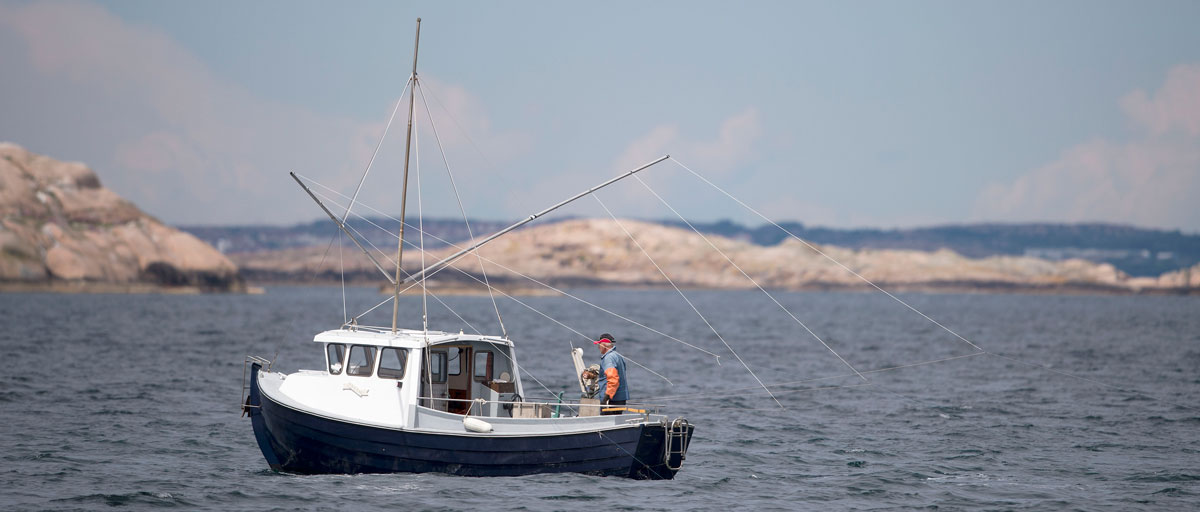Bildtext får vara max två rader text. Hela texten ska högerjusteras om den bara ska innehålla fotobyline! Photo: B. Christensen/Azote
Blue growth and fisheries in the Global North
Don’t write them off just yet
The dismissal of growth in the fisheries sector in the Global North is premature
- Blue Growth is a new term that believes economic growth within the marine sector is possible without degrading the oceans’ ecologies
- Yet fisheries is often dismissed as a sector with potential for Blue Growth
- This dismissal fails to account for the diversity in fisheries, and the different growth potential of different fishing styles, particularly in the Global North
When the Brundtland Commission introduced the concept of sustainable development in 1987, it changed the global narrative on economic, social and environmental development. It captured the idea that it could be possible to make money without degrading the planet. Critics has since argued that the concept is “flawed and does not reflect reality” but that has not discouraged the European Commission and others to push for a similar concept tailored for use of the worlds’ oceans.
At several high-level meetings in 2015, ‘blue growth’ was introduced, referring to economic growth within the marine sector that does not lead to the degradation of the oceans’ ecologies.
The new concept is underpinned by three core ideas: The first is technological optimism, i.e. that technology can ensure greater efficiency in our use of natural resources. The second is the idea that our oceans have great potential for further wealth creation. The third is that market-based incentives are key to combining economic growth and ecological protection.
Amid doubts about the impact of the concept, centre researchers Wijnand Boonstra, Matilda Valman and Emma Björkvik argue that dismissing Blue Growth is premature. In their study, recently published in the journal Marine Policy, they investigate how relevant Blue Growth is for capture fisheries, but also how relevant it is for Blue Growth to include capture fisheries in the Global North.
Establishing congruity between economic growth and ecological sustainability in capture fisheries is hard but growth of capture fisheries is much more diverse than what is conventionally assumed.
Wijnand Boonstra, lead author
Regional and local opportunities
Boonstra and his colleagues argue that fisheries continue to have a deep and lasting impact on marine ecologies. Because of this, fisheries also impact other sectors that depend on marine ecologies for their development and growth. Aquaculture, for instance, which is often put forward as a marine sector with potential for growth, often develops through capture fisheries. The fishmeal that is used to farm fish, is made from marine species fished by capture fisheries.
There is also another argument for why Blue Growth should not be written off just yet: while growth opportunities is severely restricted for for fisheries globally, there is still some potential for regional and local fisheries. This particularly applies for fishers and seafood chains that can shift from producing unsustainable fish for low prices towards sustainably caught fish with added value, Boonstra and his colleagues argue.
"Taking these considerations into account the exclusion of capture fisheries in Blue Growth policies is unwarranted. Yet to be able to realistically assess growth potentialities in this sector, science and management need to pay close attention to the diversity in practices of capture fisheries and their equivalent development trajectories," they write.
To explain how, they offer findings from the Barents Sea and the Bothnian Bay fishery.
A tale of two fisheries
Fishing in the Barents Sea has a long history, and several fish stocks have crashed due to overfishing. Today the fishery is regulated by quotas and closely monitored to protect the sustainability of the fisheries. The whitefish harvested in the Barents Sea is currently certified as sustainable by the Marine Stewardship Council.
By contrast, the Swedish Bothnian Bay fishery is a smaller operation of just 35 permitted fishers, who fish for just five weeks of the autumn to catch vendace and harvest bleak roe, which is eaten as a delicacy. After 30 years of expansion the vendace population collapsed and the fishery is now cooperatively managed and has recovered. The vendace in the Bothnian Bay fishery is also certified as sustainable by the Marine Stewardship Council.
Although both examples confirm that opportunities for continued development are slim, they also highlight opportunities for development. Moreover, the type of development that they realize aligns with ambitions and assumptions from the Blue Growth agenda: use of marine resources that is profitable and at the same time ecologically sustainable.
"The Blue Growth discourse as it is currently applied in the Global North, especially by the EU, fails to pay sufficient attention to the variety of growth trajectories in capture fisheries," the researchers write.
Improved certification schemes
While it is true that any extensive growth for capture fisheries is severely limited there is some potential for intensive growth that is based on sustainable fish catch.
As examples of this growth trajectory, Boonstra and his colleagues point to improved certification schemes to respond to increased demand for sustainably captured fish; continued technological development that will support greater efficiency and reduce bycatch; and fisheries that specialise in catching processing species sustainably.
"Establishing congruity between economic growth and ecological sustainability in capture fisheries is hard but growth of capture fisheries is much more diverse than what is conventionally assumed," lead author Wijnan Boonstra conclude.
More attention to the strategies with which fishers develop their business, can help shift perspectives on how Blue Growth is applied in the Global North.
Boonstra, W.J., Valman, M., and Björkvik, E. 2017. A sea of many colours – How relevant is Blue Growth for capture fisheries in the Global North, and vice versa? Marine Policy 87: 340-349. https://doi.org/10.1016/j.marpol.2017.09.007
Wijnand Boonstra's research investigates the social-historical dynamics of primary resources, and how it impacts the long-term biocultural sustainability of sea- and landscapes.
Matilda Valman studies the implementation of the ecosystem approach in the Swedish part of the Baltic Sea. She is particularly interested in changes over time – how far has the Swedish efforts come and what can and should be done for facilitating the implementation of the ecosystem approach?
Emma Björkvik is interested in marine resource management, particularly in the relationship between fishing practices, societal and ecological contexts and fishers’ local ecological knowledge.









